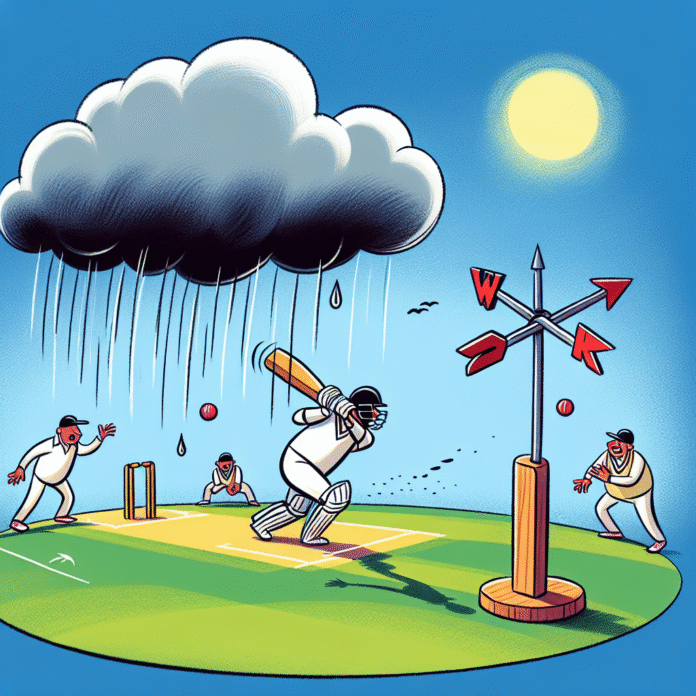Impact of Rain and Climate Change on Cricket
Are Rains and Climate Change Wreaking Havoc with Cricket?
Cricket, often regarded as a cherished sport in many countries, is increasingly facing challenges posed by unpredictable weather patterns and the broader implications of climate change. Rain has long been a concern for cricketers and fans alike, leading to match interruptions and cancellations. However, the intensifying effects of climate change are now amplifying these issues, posing significant risks to the future of the game.
The Impact of Unpredictable Weather
Traditionally, cricket matches have been heavily dependent on fair weather conditions. Rain can lead to the abandonment of matches, causing disappointment for players and fans. In recent years, however, the frequency and intensity of rainfall during critical cricketing seasons have surged. This unpredictability is not only affecting domestic leagues but also international tournaments, where teams travel long distances only to face inclement weather.
In places like the United Kingdom, which is known for its capricious weather, the problem has become increasingly pronounced. The England and Wales Cricket Board (ECB) has been forced to adapt by implementing reserve days for key matches and developing covers for pitches, but these measures can only mitigate the impact to a certain extent.
Long-Term Climate Trends
Climate change is not just bringing more rain; it’s also contributing to rising temperatures, altered seasonal patterns, and extreme weather events. These changes can drastically affect pitch conditions and player performance. For instance, hotter temperatures can lead to faster pitch deterioration, impacting the quality of the game. Additionally, the increased frequency of heatwaves poses health risks to players, necessitating changes in scheduling to avoid playing during the hottest parts of the day.
Moreover, certain regions that have historically been cricket hubs may become less viable for play as climate change progresses. Areas susceptible to flooding or extreme weather may see a decline in cricketing activity, leading to reduced opportunities for local talent to shine on larger platforms.
Responses from Governing Bodies
Recognizing the challenges posed by climate change, various cricketing bodies are beginning to take proactive measures. The International Cricket Council (ICC) has initiated discussions surrounding sustainability in the sport, including the adoption of eco-friendly practices in stadiums and the promotion of cricket in regions less affected by extreme weather.
Additionally, grassroots initiatives aimed at educating young players about the impacts of climate change and promoting environmentally conscious practices are gaining traction. Organizations are increasingly focusing on developing resilient infrastructure and sustainable playing conditions to ensure the longevity of the sport.
The Future of Cricket
As cricket continues to evolve amidst these environmental challenges, it is crucial for players, fans, and governing bodies to work collaboratively towards sustainable solutions. This includes investing in research to better understand the implications of climate change on cricket and advocating for policies that prioritize environmental protection.
In conclusion, while rain has always been a part of cricket, the looming threat of climate change presents unprecedented challenges. By adapting to these changes and taking steps to mitigate their impact, the cricketing community can help ensure that this beloved sport continues to thrive for future generations.
